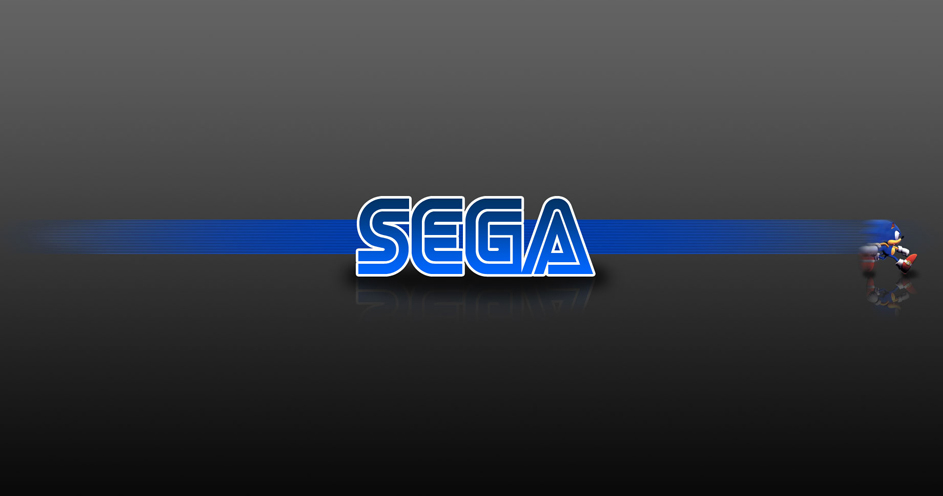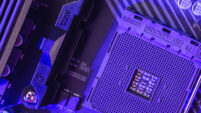
Sega was a household name in the 1990s when they dominated the market with the Sega Genesis (SEGA Mega Drive ), a 16bit video game console derived from Sega’s System 16 technology, an already popular arcade gaming platform.
The Sega Genesis bought around the Sonic and Street Fighter generation both resulting in either their own TV shows or even films, So where did it all go wrong for the once-popular gaming household name Sega?
You might also like: The Best Games to Download on Steam
A History of Sega Gaming Consoles
Analysing the history of Sega will show us where it all went wrong and when exactly Sega took the move to stop manufacturing consumer home video entertainment systems.

Sega Master System
Marking the birth of Sega’s first mascot – Alex Kidd, The Sega Master System was an 8-bit video game console that was released in Japan in 1985, with Sega later releasing the console in 1986 for the USA and 1987 for Europe.
While the Master System was technically more advanced than its current contender at the time – the NES, Sega did not have the aggressive marketing plan in place that Nintendo had, despite doing well in Europe, Australia, New Zealand and Brazil with games still selling well into the 1990s, Sega could not defeat Japan and North America leaving Nintendo to soak up a majority of the market share.

Sega Mega Drive
November 30th 1990 saw the release of the Sega Mega Drive In Europe, also know as Sega Genesis in the USA and it sparked a revolution in gaming.
As the console war between Nintendo and Sega was intensifying in the early 90s and as a pre-emptive strike at Nintendo’s console the ‘SNES’ Sega replaced their existing mascot, Alex Kidd, with Sonic the Hedgehog in a re-branding effort to capture the consumer market and was a great success with Nintendo releasing their SNES console 2 years later.
Sega successfully dominated an era and won the console war, leaving you with memories that will last a lifetime.
Sega CD
Released in Japan on December 12th 1991 the SEGA CD sounded like an amazing concept since CDs held more data than cartridges at the time. The Sega CD made its way to America on October 15th 1992 and finally the EU in 1993, though the units were a pricey £270 ($299).
The game library mainly consisted of Mega Drive (genesis) ports but also some exclusive games like the sonic CD as well as Lunar: Eternal Blue. The actual unit was redesigned a few times with the Mk1 and Mk2 with the Mk1 sitting under a Mega Drive 1 and the Mk2 sitting next to the consoles, they were still bulky till Sega made the Multimega which made the unit a lot smaller but still as expensive.

By 2004 2.7 million units had been sold, although it had been discontinued in 1996, I guess you could say it was a success for SEGA.
Sega 32X
Now if you want a disappointment the 32x was it, The idea was on an add-on that slotted into the cartridge slot to bring the sega mega drive console from 16 bit to 32. In the end, its price and limited games let it down.
With only 665,000 units sold worldwide compared to the Mega CD it looked like the idea of this add-on was a bad idea from SEGA, Though now-a-days the 32X is considered a collector’s piece, the games just as much so with auctions reaching hundreds on the right day.
In the end, SEGA abandoned the 32X to develop the SEGA Saturn

Sega Saturn
The Sega Saturn, while an extremely powerful piece of kit at the time utilising 2 32-bit processors was not enough to save Sega, what didn’t help Sega was the fact it was released after the Sony Playstation and the Nintendo 64.
What let the sega Saturn down was a lack of familiar titles we had all come to love the Mega Drive / Genesis like Sonic the Hedgehog, Echo the Dolphin, Phantasy Star, The Revenge of Shinobi or even Streetfighter. The console was received poorly in the west and as a result, Sega had no choice but to abandon ship

Sega Dreamcast
1998 saw Sega launch its last console, the Dreamcast which was the first couch computer to sports internet connectivity allowing users to play games like Quake 3 and Alien Front Online which was the first console to include online gameplay complete with voice chat.
While on Paper the Dreamcast was a serious contender to the Sony Playstation and the N64 it wasn’t enough to conquer the market in Japan, Being released with a small games library it failed to gain any traction to make a dent in Sega’s wallet.
The launch on the west side of the planet was an extreme success with Sega earning an award for “most successful hardware launch in history” selling over 500,000 units in the first week of launch and was able to keep selling a sheer amount of console until the Playstation 2 release which saw them discontinue support for the console in 2001, marking the end of a gaming era for Sega.
Final Thoughts
It’s clear that Sega tried its best to ride the wave after the success of its Sega Megadrive / Sega Genesis, but, up against a tech giant like Sony, they simply didn’t have the resources to stay on top. The 1990s saw some intense console wars and rivalry and it was really tough to stay on the cusp of popularity.
With that being said, many of us, myself included have cherished memories playing my Sega consoles with our family and friends and will carry them with us forever. For that Sega, thanks for being part of our childhood.
What did Sega do after the Dreamcast?
In early 2001, a news article was run that said Sega was to cease production of their video game console – The Dreamcast and would develop software for other platforms. While Sega initially denied the allegation they later published a press release detailing they were considering partnering with Sony and Nintendo to produce software on their platform which was later confirmed later that month on 31st January 2001 that they were officially becoming software publishers for third-party platforms.
Will Sega make a gaming console return?
Sega have recovered over recent years showing strong growth in the gaming market despite the lack of quality Sonic games that are, until recently with the release of Sonic Frontiers which has scored high is a lot of critic review, but, does that mean we will ever see Sega manufacture and distribute their own video game consoles again?
I wouldn’t pin your hopes on it happening anytime soon, but, if Sega does take the move to try and rival the biggest market share holders – Microsoft / Sony, it won’t be for a very long time.






I used to have a mega drive 2 with a mega cd, I sold it and put the money towards a ps1
I had a Sega Mega drive and loved it, the fast paced action of sonic was enough to keep my subdued for hour upon end. Mario was never really my thing, it was to slow and to much of a delay with jumping.
I used to have a mega drive 2 with a mega cd, I sold it and put the money towards a ps1